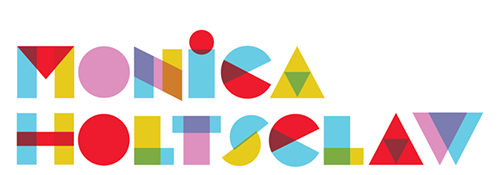
This is my entry for the 2009 Designer Bookbinders International
Competition. I completed it this past August and sent it over to Oxford in November. Confirmation was received that it made it to England in one piece, and now it's time to sit back and wait for the judging, which will take place in January.
I was trained in the English tradition at
North Bennet Street School by
Mark Andersson and
Jeff Altepeter. While studying at the
Uppsala University Library Bindery I was able to learn about the French tradition from Adam Larsson.

Tradition calls for sawn in cords, but we decided it would be nice if this book actually opened, so it is sewn in more of an English style on separated cord, flat against the spine.


Graphite top edge. From some angles looks like a regular graphite edge, and from other angles shows the wave pattern made with my thumb that mimics the theme and pattern on the book.

Beveled Boards and Paring to match. I tried everything out on multiple plaquettes before the real deal!

As one can see in the paring example above, the corners are very interesting. Two turn-ins come together and meet at a bevel while the little tab at the corner comes up over the board and is pleated on top of the previously met turn-ins. Make sense? After all that, pare a piece of matching leather to less than zero and paste it on top of it all! The listile can also be seen in this image.

This is where I stood during gold tooling. I had everything I needed at my finger tips. My wave pattern was made up of four different gouges that I used at steady intervals. I really enjoyed having all of my tools hot at the same time. It made for a smooth work time, not having to stop and re-heat each tool. There wasn't any vaseline available to put on my cotton for picking up the gold, so I just used the oil from my forehead and have decided that I prefer it. Authentic, one might say. The oil is lighter than the vaseline, which just seems appropriate when dealing with delicate gold leaf.

Gold Tooled Listile. This can have many variations. Multiple tooled lines, or different materials for the central portion. I used a Swedish marbled paper from the Uppsala collection. Suede, or leather is often used in that area. There is a natural recess in the central area because of the full thickness turn-ins. I folded the marbled paper around a card (about 20pt or so) and adhered it on the back side. I think that the leather border is technically the listile regardless of what is contained in the central portion. Creating the border with ultra-thin leather and then tooling it (blind and gold) was my favorite part of this binding. This image shows the side closest to the spine and how the fourth side is added and adhered to the end sheet.

I experimented quite a bit and came up with a fun new technique. I wanted to incorporate a glassy sheen on the cover somehow. I cut out my letter-forms from the leather after covering and tooling the book. I cut matching shapes out of the same marbled paper used on the interior. The marbled paper was glued into place with PVA.

Initially I thought that epoxy would be the perfect thing for my glassy sheen, however, it dried with a milky finish. PVA achieved the desired result, but over time I knew that its reaction to pressure and temperature might prove fatal for the binding. Bosse Carlsson recommended super glue, the main ingredient in super glue is acrylic resin, that sounded promising, and it was! The final result was achieved by applying a layer of PVA with a top sealing coat of acrylic resin.
A total of 500 sets of sheets were printed. I'm not sure how many entrants there were in total, but 125 of the books will be displayed at the Bodleian Library with their "1000 Years of Bookbinding" exhibition and will then be part of a traveling exhibition to the states. I've seen Adam's entry and am looking forward to seeing John Nove's. I'm not sure if I know any of the other binders who have entered, but I'm definitely glad that the entry fee includes a catalog! I can't wait to see all of them.

 If you ask me, summer time calls for barbecues, and barbecues call for hot dogs! Last summer when my friend Amy and I were in Sweden, the obligatory summer hot dog was far from our minds, but never far from our hearts. Little did we know that there are all sorts of interesting hot dogs in Sweden! As luck would have it, whilst in Gamla Stan, we happened to find the best variation ever: French Hot Dogs! These were extremely long hot dogs that slid into the ketchup & mustard drizzled hollow of a piece of baguette. That's a shot of the clever & delicious dog over to the left.
If you ask me, summer time calls for barbecues, and barbecues call for hot dogs! Last summer when my friend Amy and I were in Sweden, the obligatory summer hot dog was far from our minds, but never far from our hearts. Little did we know that there are all sorts of interesting hot dogs in Sweden! As luck would have it, whilst in Gamla Stan, we happened to find the best variation ever: French Hot Dogs! These were extremely long hot dogs that slid into the ketchup & mustard drizzled hollow of a piece of baguette. That's a shot of the clever & delicious dog over to the left.













